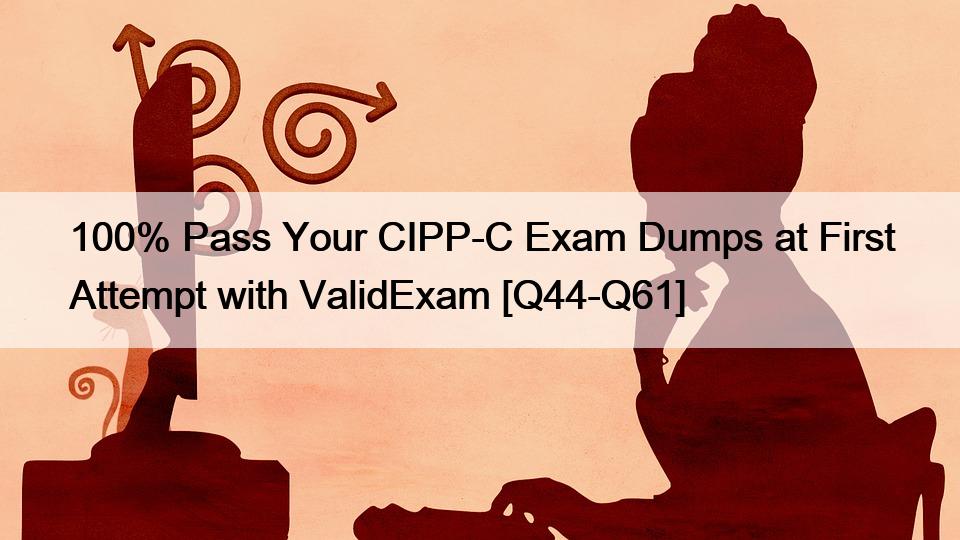
100% Pass Your CIPP-C Exam Dumps at First Attempt with ValidExam
Penetration testers simulate CIPP-C exam PDF
Difficulty in writing IAPP CIPP-C Certification Exam:
Difficulties in writing this exam are you have to know a lot about information protection and privacy law, regulation, and standards. That means you have to do a lot of homework and reading. The process of writing the CIPP-C exam is not as difficult as you think. IAPP provides a wide range of materials to prepare for the exam. The consumer can access all the information for free for your reference on the IAPP website. Busy schedules and financial problems can be overcome by taking free online IAPP CIPP-C quizzes. Simulator tests are designed to check your knowledge about the subject. They are available on the IAPP website for free as well as the IAPP CIPP-C book. All these materials can help you to be ready for the exam.
The study guide covers all of the topics you will encounter on your exam, so it is really good to know what topics are covered on the practice test before you take the actual exam. Undecided about the IAPP CIPP-C exam? You can take a practice test by using IAPP CIPP-C exam dumps and check out your performance. Consultation with the IAPP CIPP-C certified trainer is recommended to help you pass the exam. Products like the CIPP-C book are also really helpful to enhance your knowledge. Programs like the CIPP-C boot camps are also designed to provide you with support. A chance of success is obtained if you apply the study guide to the test questions. Excellent resource material is important to obtain the certification IAPP CIPP-C.
What is the Passing Score, Duration & Questions for the IAPP CIPP-C Exam
The passing score is 75 percent. The duration of the IAPP CIPP-C certification exam is 2 hours. The questions are objective type. There are 100 questions in total on the IAPP CIPP-C exam. IAPP real cpractice test questions are available to certify the candidate’s knowledge of the subject by testing on actual exam topics. Apps for smartphones and tablets are also provided to ensure easy and quick access to the fasttest material.
All CIPP-C Dumps and Training Courses: https://www.validexam.com/CIPP-C-latest-dumps.html






Leave a Reply